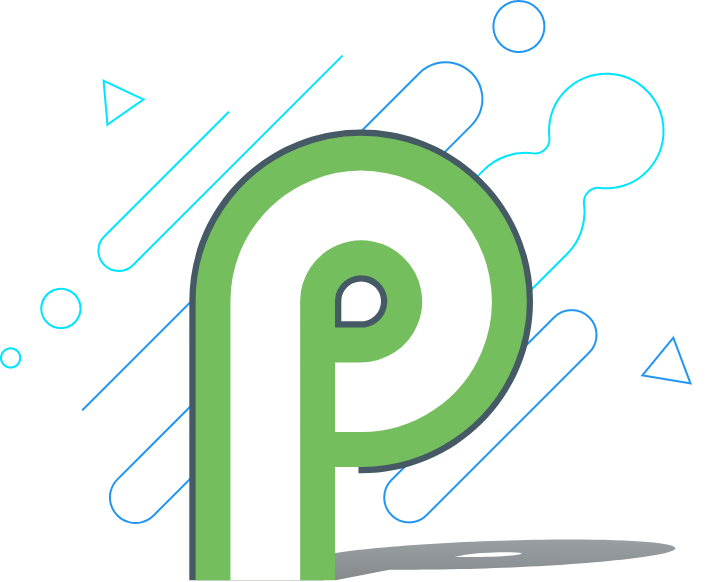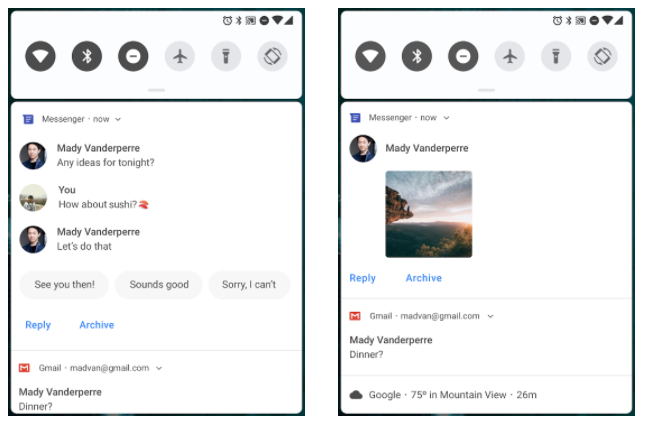
It seems we won’t have to wait for March 14th (Pi Day) for the Android P developer preview, with Google opening the Developer Preview today.
The preview is very much a developer preview only with Dave Burke, VP of Engineering for Android calling it ‘an early baseline build for developers only’, so prepare to flash this to a test device only.
If you’re willing to risk it though, the Android P developer preview images for the Pixel, Pixel XL, Pixel 2, and Pixel 2 XL are now live on the Android P dev preview page now. There is no Beta program for this initial release, with Beta support arriving in Dev Preview 2 some time in May <cough>Google I/O</cough>
The major features for Android P Dev Preview 1 include support for
- Indoor positioning using WiFi RTT (Round-Trip-Time) – devices with the hardware support can now measure the distance to nearby WiFi Access Points (APs) for indoor positioning.
- Display cutout support – yep, Android will now support notches in screens
- Improved messaging notifications – Developers can now properly show conversations, attach photos and stickers, and even suggest smart replies
- Multi-camera API – Android P can now access streams simultaneously from two or more physical cameras allowing for features such as seamless zoom, bokeh, and stereo vision
- ImageDecoder for bitmaps and drawables – this gives developers easier way to decode images to bitmaps or drawables.
- HDR VP9 Video, HEIF image compression, and Media APIs – basically letting developers build support for HDR video into their apps from supported sources like YouTube, Google Play Movies and more.
- Data cost sensitivity in JobScheduler – this allows developers to manage scheduled tasks or work across Doze, App Standby, and Background Limits.
- Neural Networks API 1.1 – an update to the Neural Network API introduced in Android 8.1.
- Autofill improvements – builds on the Auto-Fill implementation first launched in Oreo.
- Open Mobile API for NFC payments and secure transactions – this brings the GlobalPlatform Open Mobile API to Android, which will let developers access the Secure Element in their apps on supported devices to enable smart-card payments and other secure services.



As well as these new features, Google is improving a number of things in Android P including Security with a more consistent interface for prompting for fingerprints, as well as moving to Transport Layer Security (TLS) for transmitting text. Google is also making sure that mic, camera, and all SensorManager sensors are not accessed when an app is idle for better privacy.
Google is also speeding up the Android Runtime, and adding optimisations for battery life with improvements to Doze, App Standby, and Background Limits.
For developers, Kotlin is getting pushed to the front as a first class developer language with compiler optimisations in the Android SDK.
Google will also restrict access to private APIs in Android. Google is pushing even their internal teams to only use public APIs, but are mindful that certain functions are only available to private APIs and will work to make some of these public.
Google has announced there will be five Android P Developer Previews ahead of a final release in ‘Q3’.

Developers can find out more by checking out the Android P Developer site right now.



